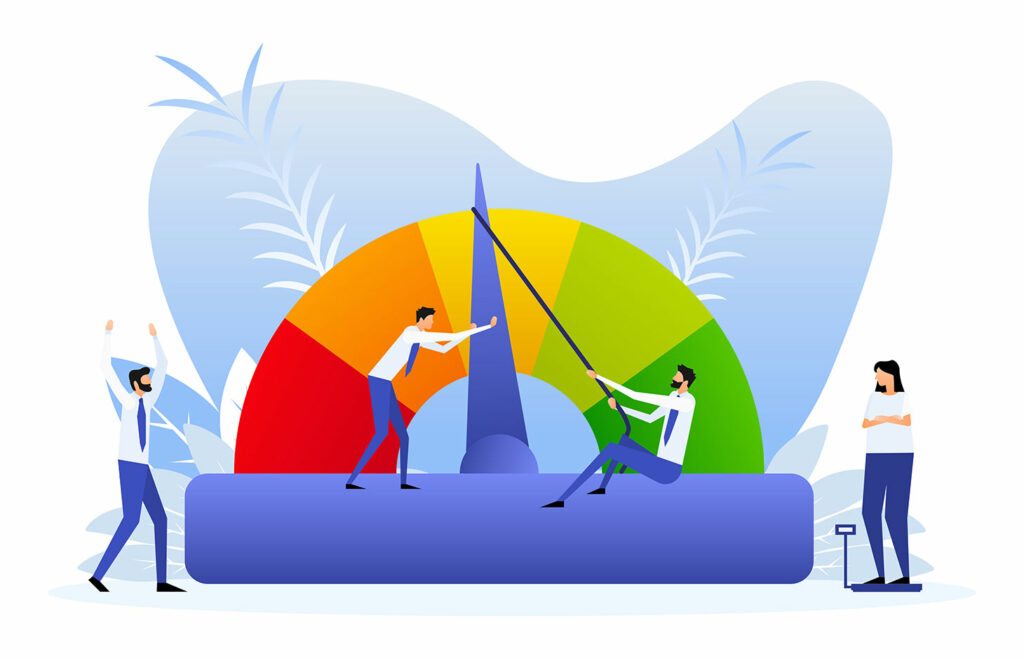You’re doing a lot of things right: Great product. Strong sales figures. Promising prospects on the horizon.
But growth isn’t what it should be. And more likely than not, high churn figures are the culprit.
Sustainable success is built on high retention. Businesses that want to thrive—particularly in the questionable 2024 economy—should prioritize reducing their churn numbers to promote growth.
Here’s exactly how simply retaining more customers can set your business up for long-term scale.
1. Increased customer retention leads to increased revenue
It feels like high sales should automatically equate with higher revenue. Unfortunately, in the subscription industry, achieving growth isn’t quite so simple.
Logan Lyles, VP at Sweet Fish learned that the hard way. After a period of sales excellence, he expected to find the new customer acquisitions positively reflected in his revenue reports. What actually happened was a surprise. Here’s what he says:
“We are adding a lot of new sales, but our monthly recurring revenue is not climbing in proportion to those sales.”
He described the problem as having a “leaky bucket.” New customers came out the top and fell promptly out the bottom thanks to their inflated churn rate.
It turned out the bucket was pretty big—to the tune of 15%. The problem? They didn’t have an organized way to analyze and address churn. “We really didn’t have any systematic way. We had no dashboard. We didn’t even have a Google sheet where we were tracking our churn based on customer count or revenue percentage.”
With an increased focus on retention, they were able to reduce churn all the way down to 3%, greatly increasing the impact of their new customer acquisitions.
Once you stabilize retention it’s like flipping a switch. Revenue grows because it is no longer being neutralized by inflated churn.
2. Lower churn rate can lead to cost savings
The “leaky bucket,” effect, doesn’t just slow growth, it also loses money. The average cost to acquire a SaaS customer was around $1400 in the summer of 2022. If your company holds to averages, you actively lose money on all accounts that don’t net $1400 in sales before churning out.
Not only is it cheaper to retain customers, but it’s also more profitable.
- The probability of selling to an existing customer hovers at around 70%, while
- angling for new leads can come with a success rate of as low as 5%.
In the context of economic turmoil, it can be easier to increase revenue by appealing to your most satisfied customers. To do this successfully, however, you first need to optimize your business strategy to retain as many people as possible.
3. Better forecasting and planning
The lower your revenue churn, the more you can accurately depend on your subscription figures to reflect the revenue you will have coming in each month.
That’s important because, even in the face of an oncoming recession, you need to grow in order to survive as a SaaS business.
The SaaS industry is uniquely competitive. The average annual growth rate of SaaS companies is around 40%. Referred to as “the rule of 40”, businesses that can’t hit that number are often seen as being at risk for stagnation or even failure. For context, the overall average business growth rate is around 15%.
In 2009, recession numbers slowed the SaaS growth rate to just 10%—a big drop off, but also not so different from the normal average growth rate in other industries.
Revenue forecasting makes it easier to anticipate and plan for growth. You can’t avoid a recession’s impact, but you can:
- Plan for opportunities. Ah! Revenue is forecasted to be higher in the summer. That may be a good time to launch a new feature, acquire a competitor, and so on.
- Button down the hatches. But winter isn’t a great time for signing net new accounts. We can still have a growth-driven strategy by focusing on upsells, cross-sells, and average churn rate reduction. Monthly recurring revenue is monthly recurring revenue, regardless of where it comes from.
Unfortunately, when your revenue churn rate is high, your revenue forecasting is unreliable. It doesn’t matter how many customers you have. If they are leaving in droves, you can’t count on their revenue.
4. Improve your reputation
As Warren Buffet has famously put it, “It takes 20 years to build a reputation and five minutes to ruin it. If you think about that, you’ll do things differently.”
A high annual churn rate suggests something to customers. Maybe your product isn’t what it should be. Or your customer service isn’t good. Is it true? Not necessarily. Churn happens for many reasons. But if your Google reviews and other similar online reports aren’t good, potential customers probably won’t look much farther than that.
Conversely, a good reputation can be lucrative. More than 60% of marketers agree that word-of-mouth recommendations are the most effective way to convert leads. There are two straightforward reasons why word-of-mouth marketing works so well.
- Consumers like them. Nielson found that 92% of consumers trust recommendations from people that they know over advertising.
- They are free!
A low monthly churn rate makes it much easier to get word-of-mouth recommendations—particularly when you are also going above and beyond on customer service.
How to increase customer retention with customer experience
More than 80% of companies that work to improve their customer success/experience report experiencing an increase in revenue. Truly superior customer-driven initiatives can result in revenue increases of almost six times what those who lag in customer service experience.
In SaaS, customer success is all about helping your customers get their first wins as quickly as possible. The subscription industry makes it easy for customers to abandon a product they aren’t happy with.
Month-to-month subscriptions experience an average churn rate of 16%—more than twice that of long-term contracts—for that exact reason. When you’ve only financially committed to trying something for a month, it’s easy to move on to the next product if you aren’t thrilled with the results.
Video communication software Zoom believes excellence in customer service and experience is all about recognizing what drives customers to your product in the first place. It’s also about understanding that the answer to that question may be different from person to person.
CEO and founder Eric Yuan says, “We’re learning that when it comes to enterprise users or otherwise, privacy is very important. Some features might work well for enterprise customers and may not work for consumers. You’ve got to have balance.”
Historical subscription data makes it easier to recognize patterns in subscriber behavior. For example, a look at the numbers could tell you most people churn after month three—suggesting your customer onboarding initiatives could use work. Or you might find churned customers have largely not used a certain feature. In this case, you might think about reframing how you present your product to the public.
Not only can this data help you strengthen your retention strategy, but it also helps to identify customers who might be at a churn risk soon.
Retention is the foundation of the subscription industry
As Bishop Berkely once mused, “If a great SaaS product launches and no one sticks around to use it, does it make a sound?” Or something like that.
Everything good in SaaS comes on the back of strong retention. It doesn’t matter how solid your product is. You can’t grow—or even survive– as a company unless your customers are willing to stick around for the long haul.
Help customers get their wins, and they will stay with you.
Andrew Marks, Founder of SuccessHacker says, “An important component of preventing churn is the need to always be aware of how your customer defines success. It will change over time, so ensuring that you’re in sync regularly is important.”
Historic subscription data lights the way, helping you learn from the past to secure a brighter future.








